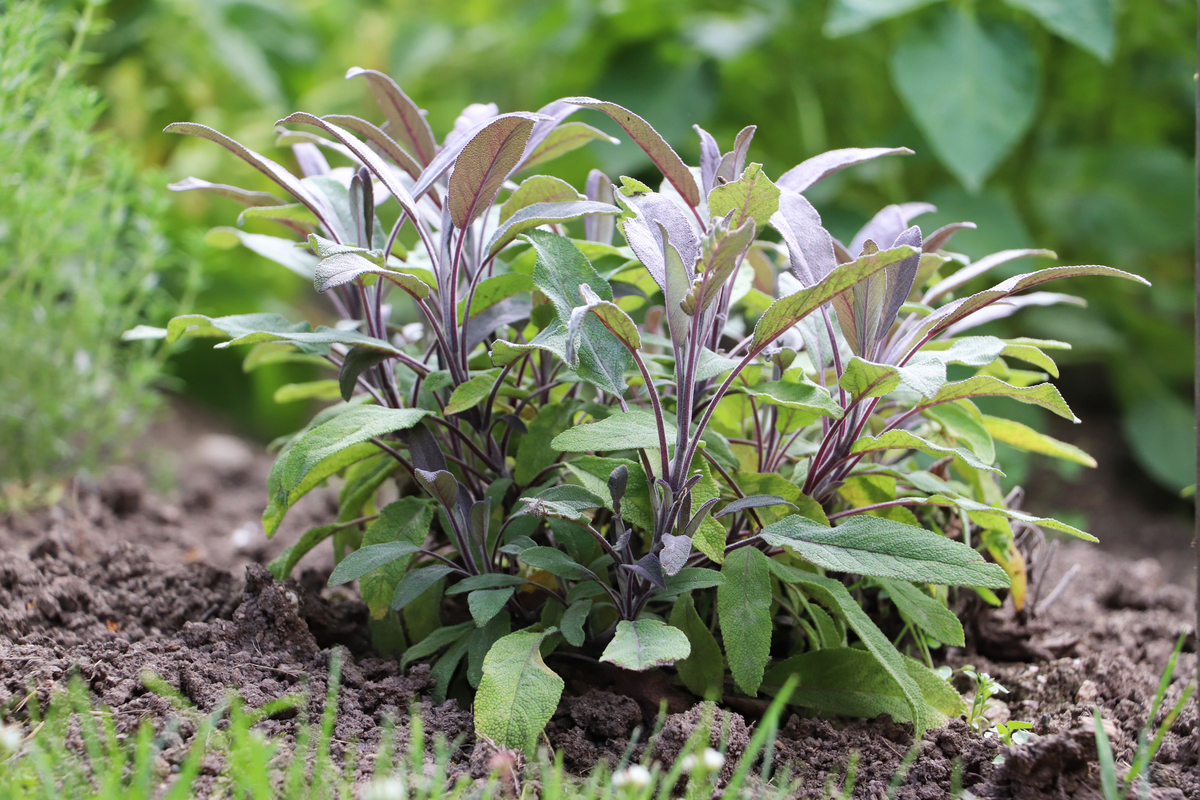
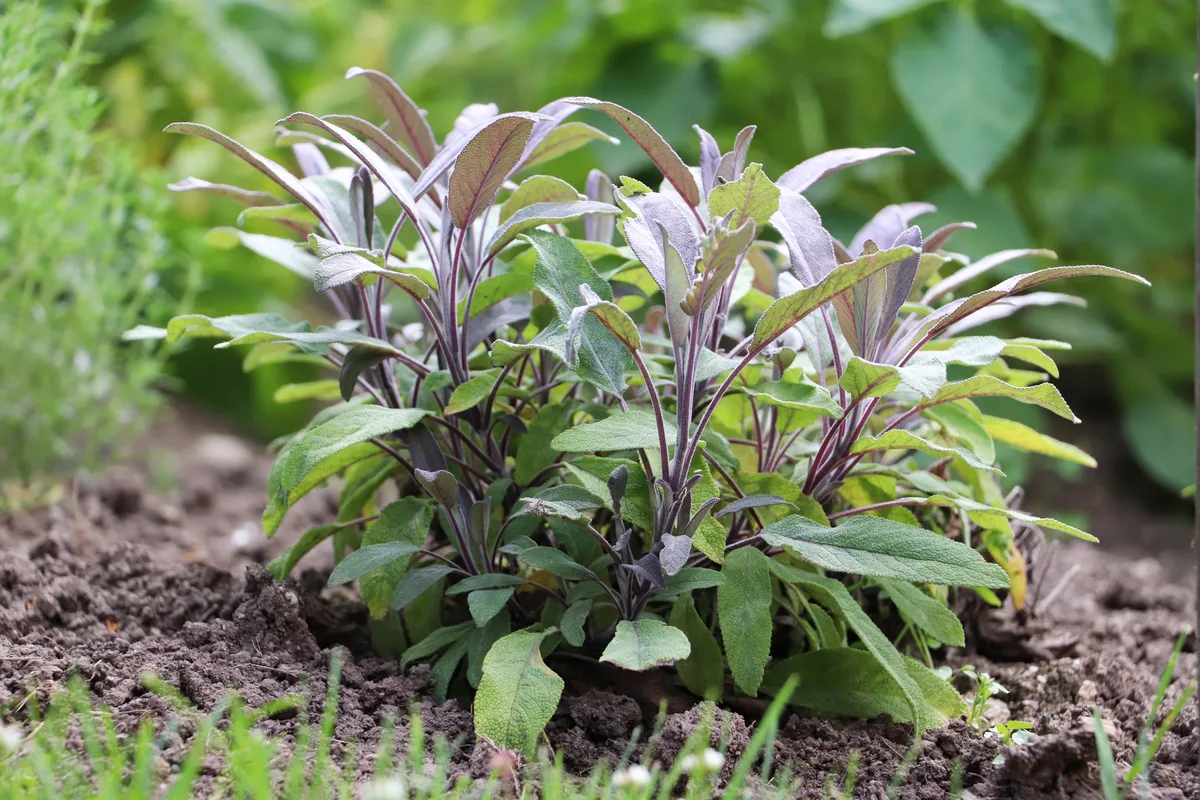
Sage has all the time been a well-liked herb within the kitchen. Its unmistakable scent alerts there’s scrumptious stuffing or sausage cooking someplace. However this lovely silvery-green plant typically leaves gardeners struggling to develop it efficiently. We find yourself with stunted vegetation or vegetation that wilt and die, and we hand over, yank them out and vow we’ll get it proper subsequent 12 months.
Let’s make this 12 months (and yearly thereafter) that 12 months.
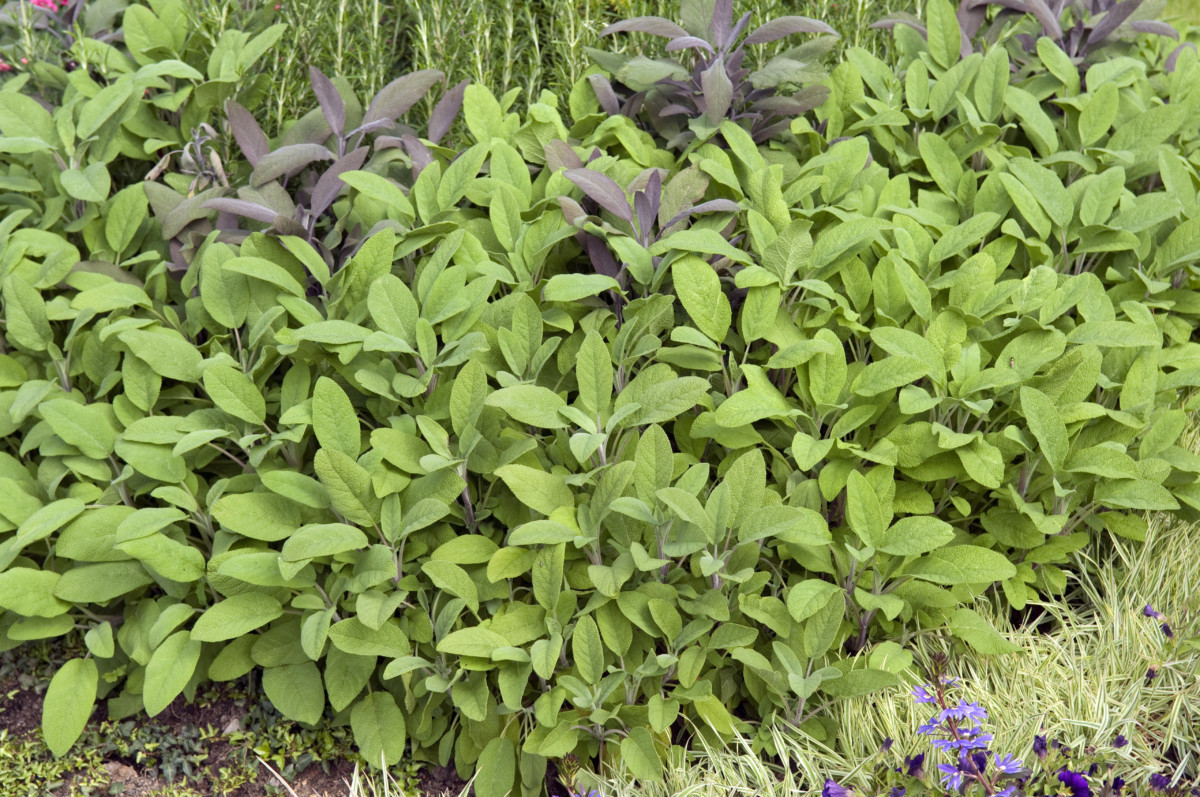
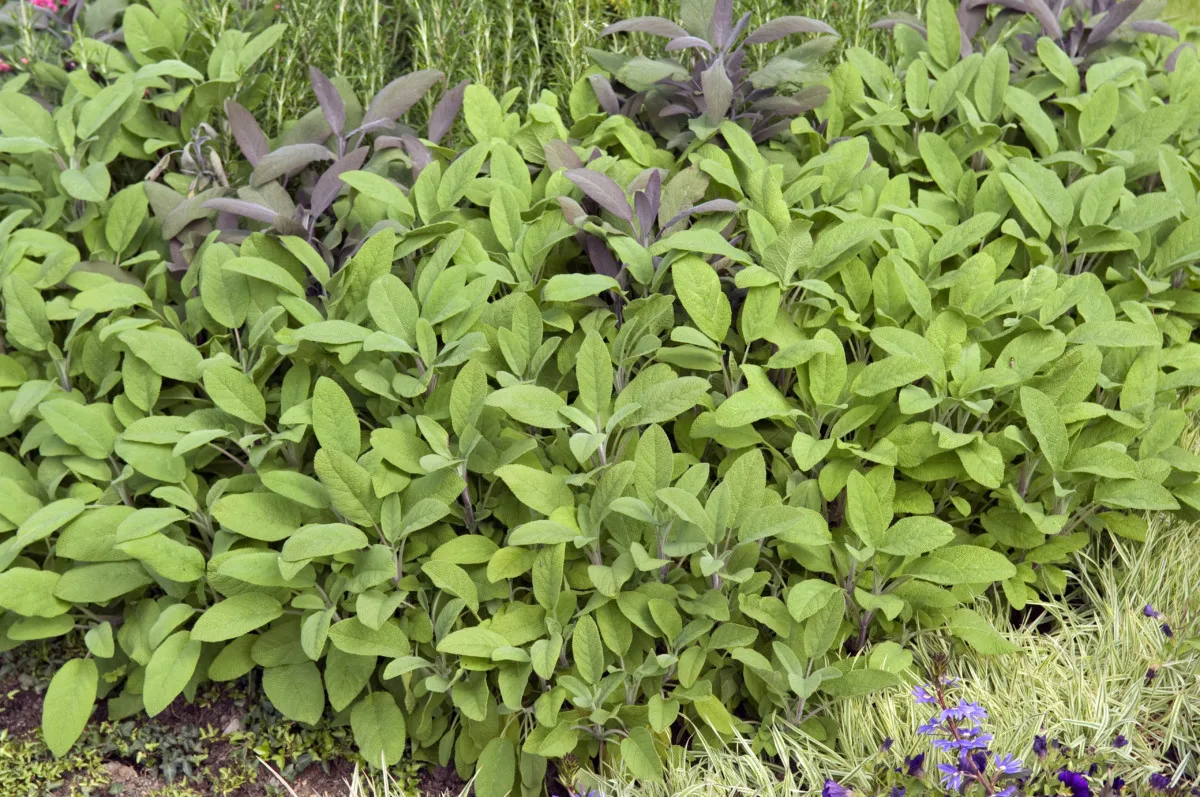
One of many first issues I like to recommend when studying learn how to look after (and get essentially the most out of) a brand new plant is to study its native habitat. Understanding the place a plant grows naturally, with out anybody fussing over it, provides very important clues as to what it would want in your yard.
Salvia officinalis, or widespread sage, is native to the Mediterranean, the place it grows like a weed. Its native local weather boasts exceptionally lengthy, sizzling and dry summers and gentle, moist winters with no snow. And the Mediterranean boasts a number of the most fertile soils on the earth; wealthy and loamy.
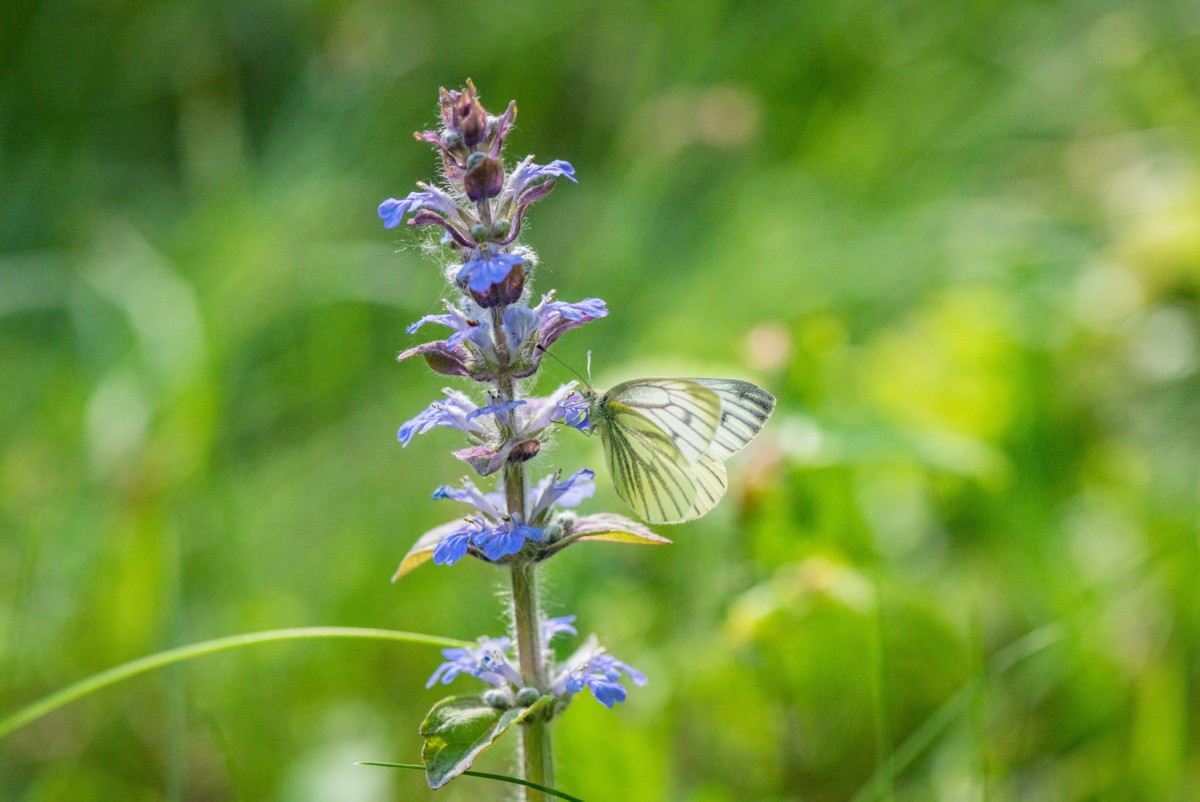
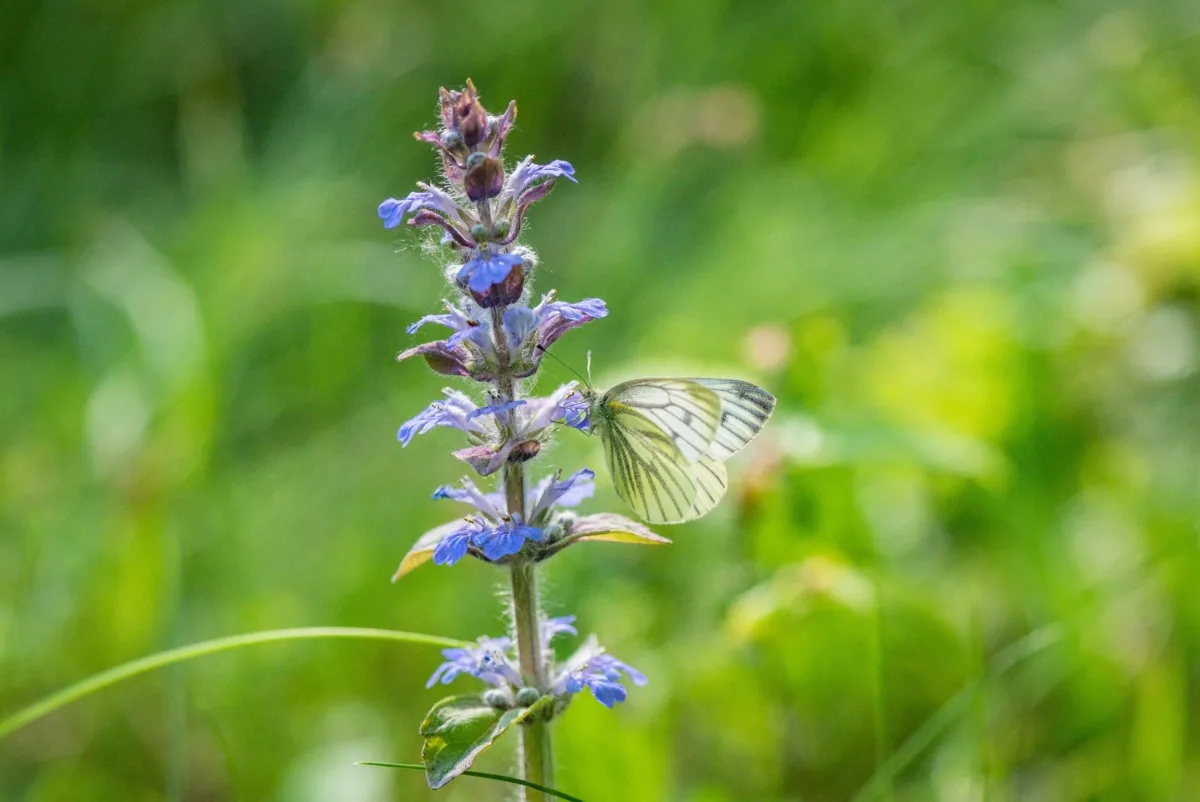
With this info, we’re properly on our method to higher understanding the essential wants of a sage plant. Let’s flesh this out and ensure you have every part it’s good to develop giant, wholesome sage 12 months after 12 months.
Sage is a perennial; nonetheless, relying on the place you reside, it could develop as an annual. USDA Hardiness zones 5-8 can develop sage as a perennial. Zones Sep 11 will more than likely develop it as an annual, because it will get too sizzling for sage in these areas. Likewise, the winters get too chilly in zones 4-1 for the plant to outlive, so right here too, sage is grown yearly.
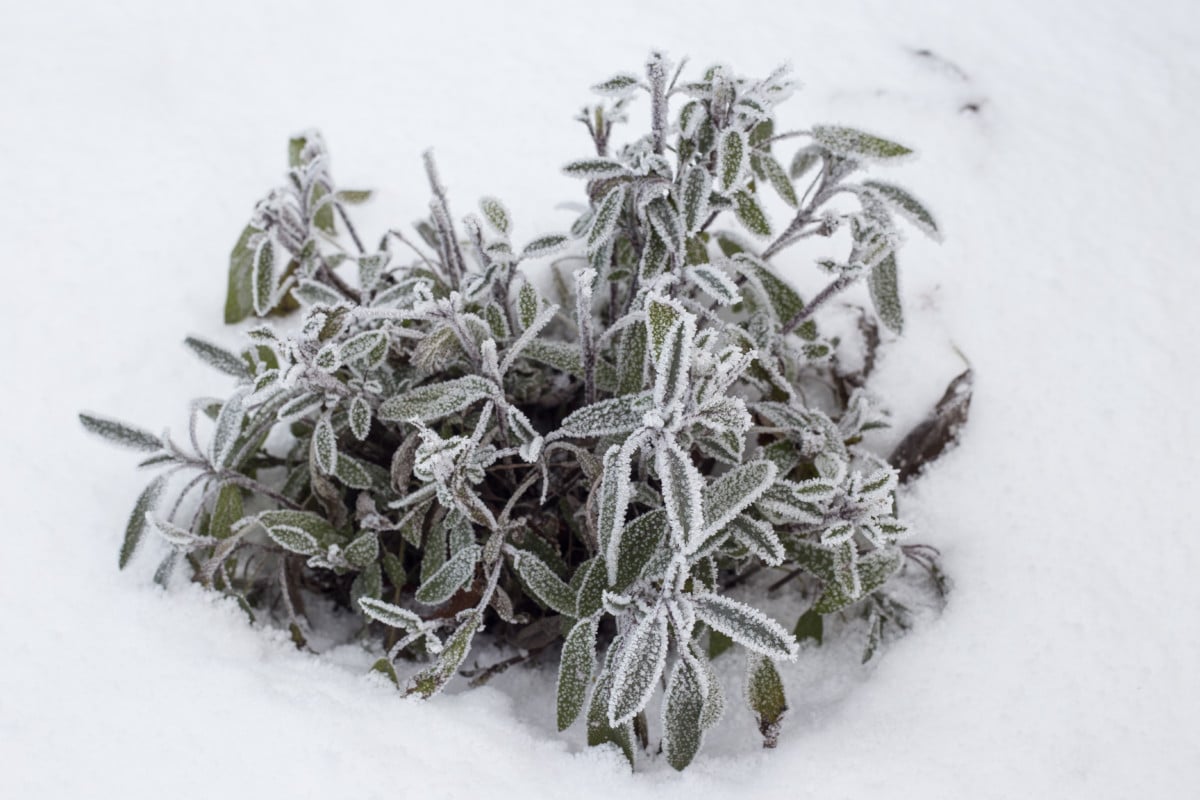
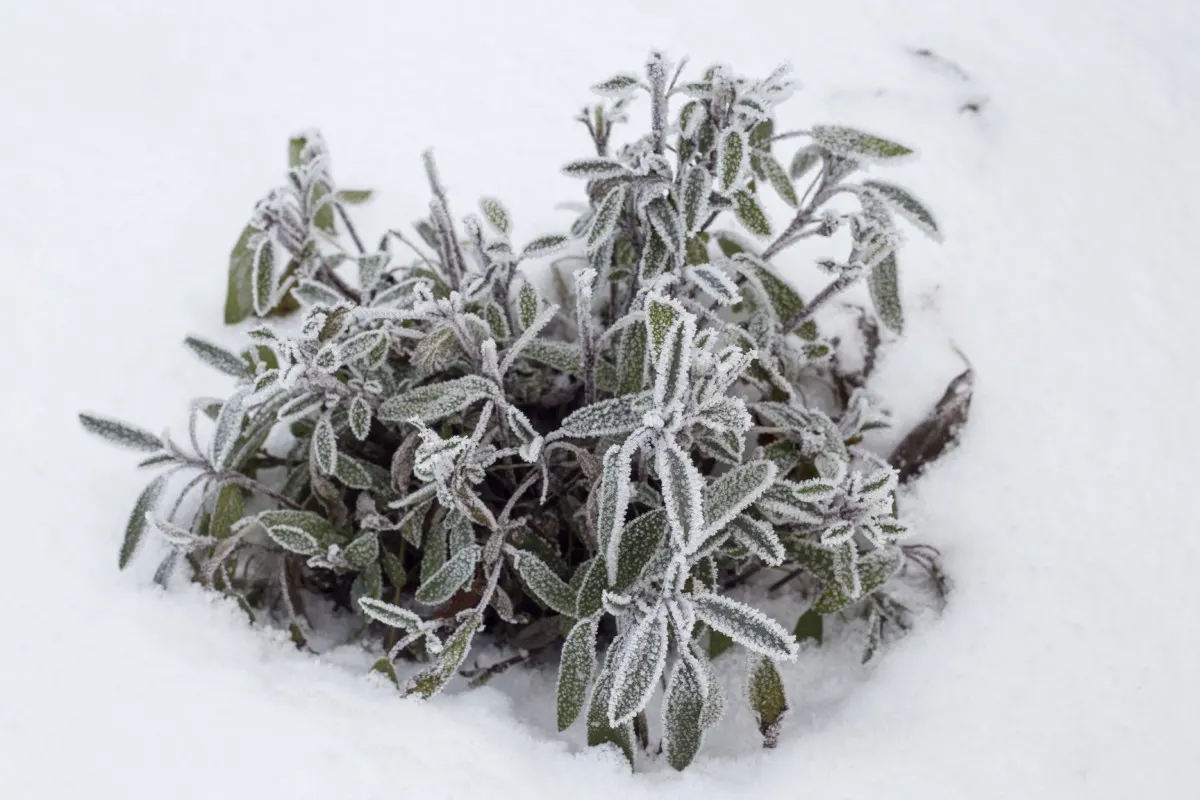
Most sages have lovely foliage, from a hanging gray-green to an virtually silver. Their leaves are coated with a nice, downy fuzz, and most varieties will flower too. Sage flowers are lengthy stalks of purple or blue blooms which might be a favourite amongst pollinators.
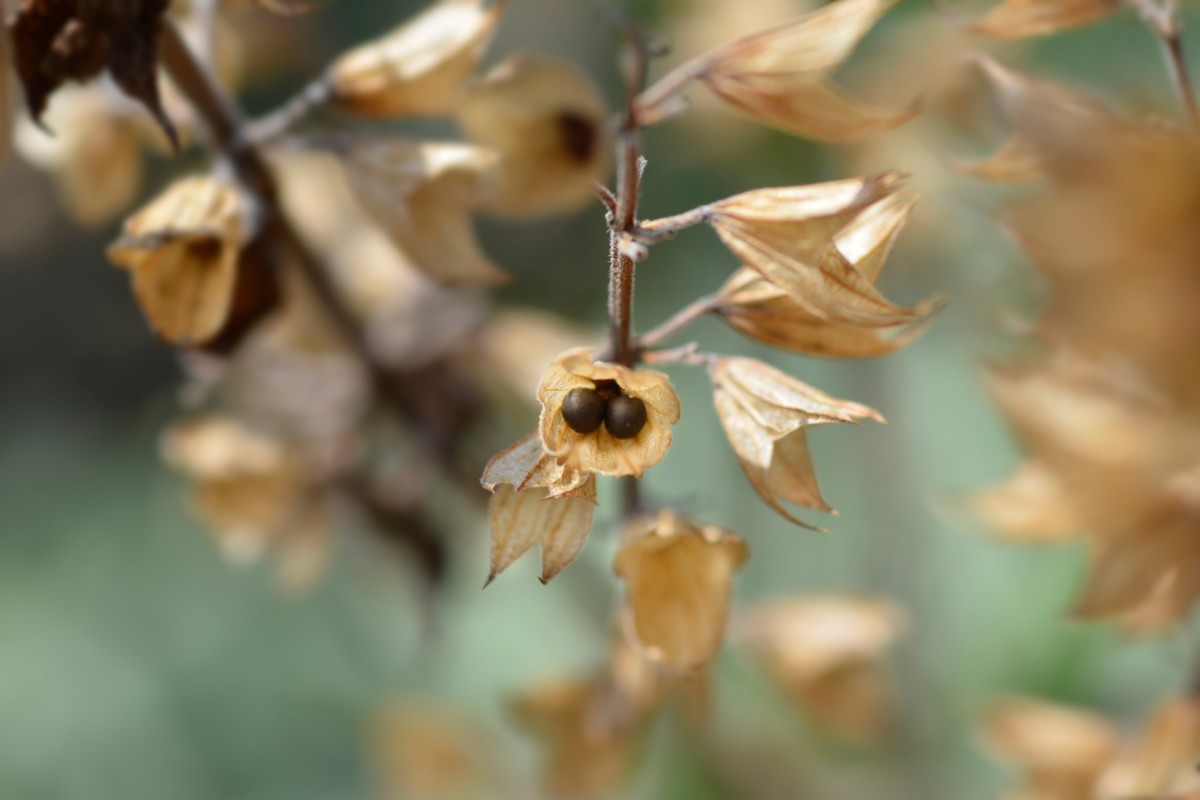
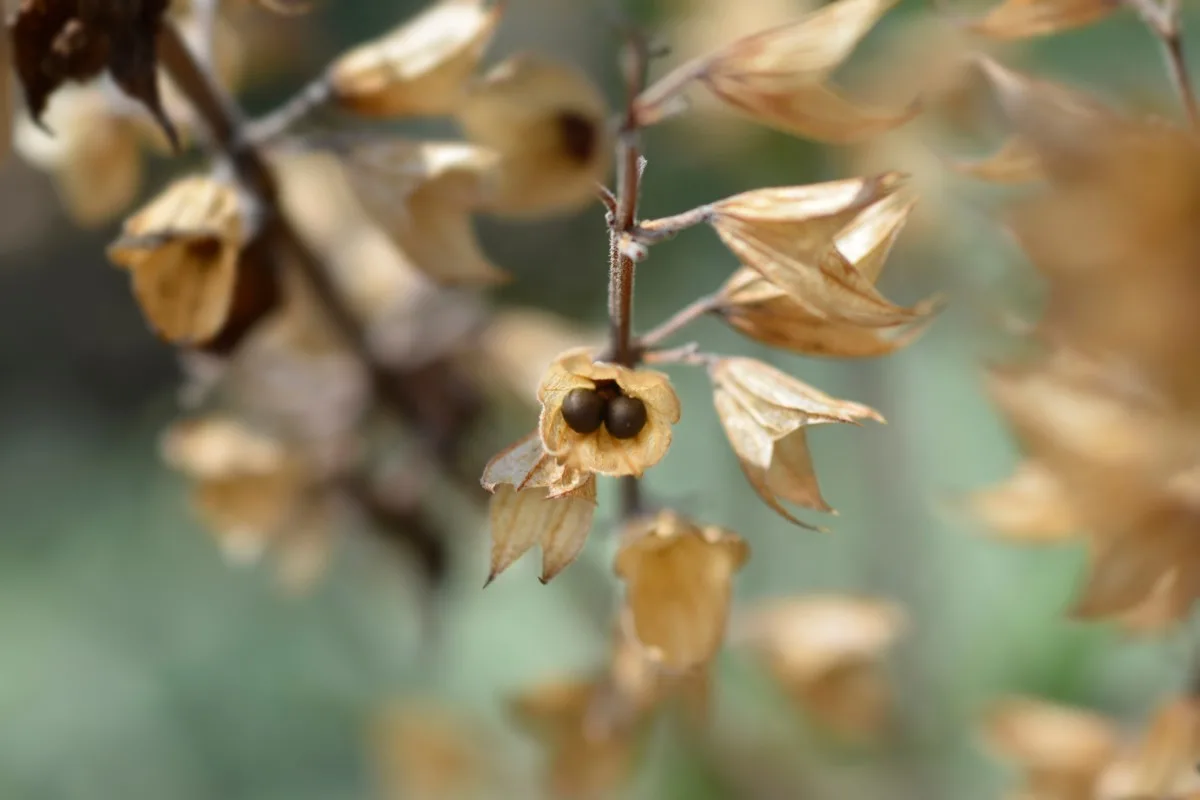
After all, flowering normally occurs when a plant goes to seed. So, chances are you’ll or could not want to let your sage plant flower in case you’re utilizing the leaves medicinally or within the kitchen.
Kinds of Sage
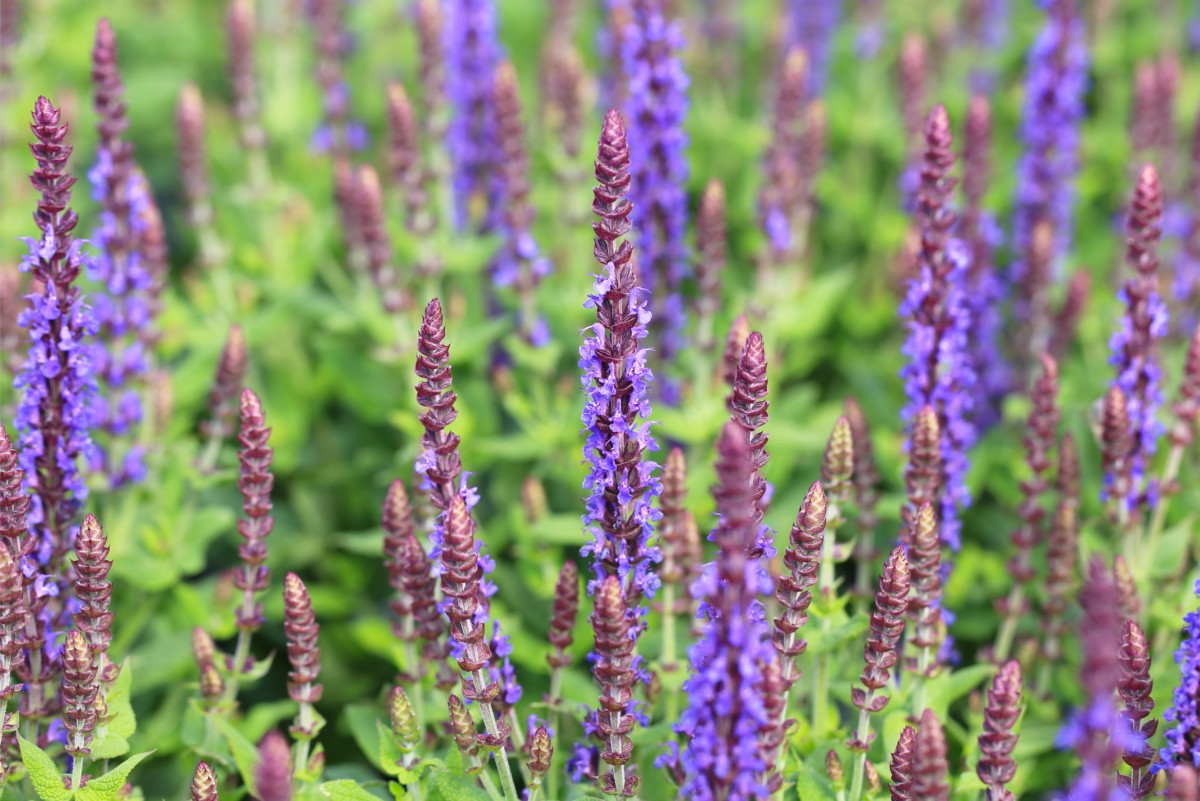
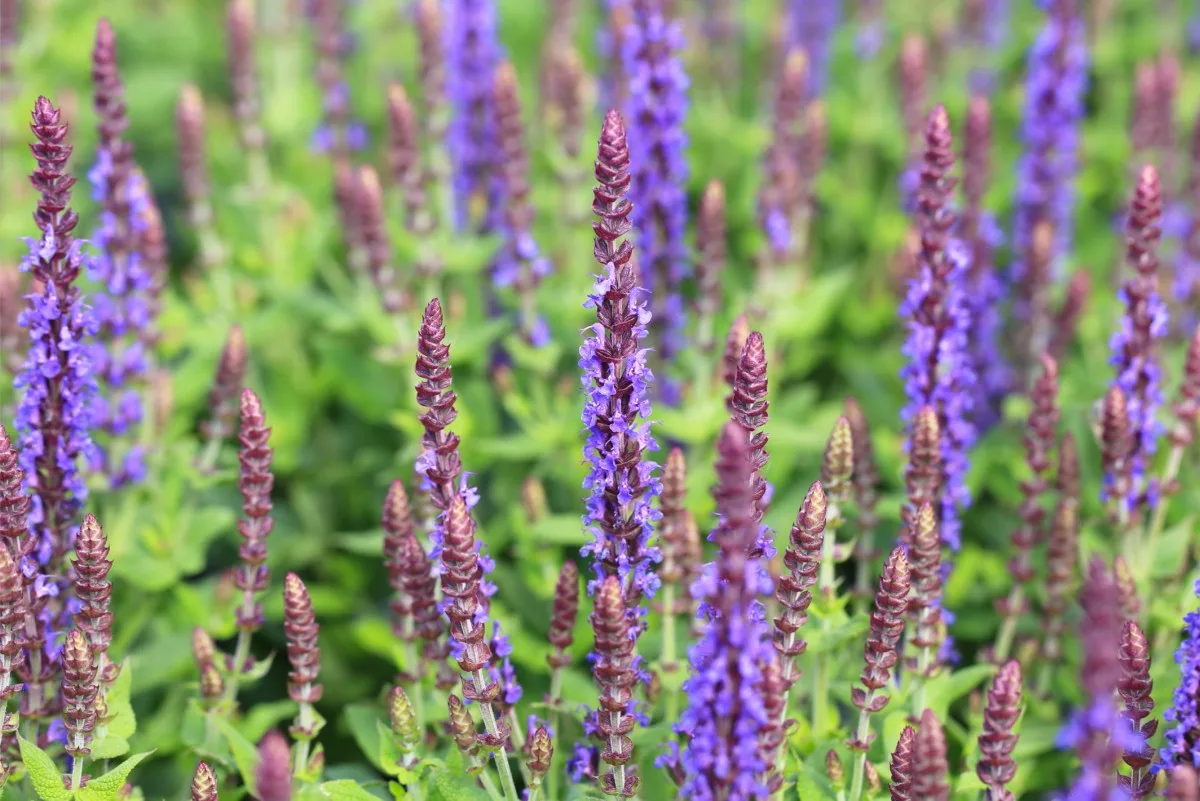
Sage is available in a number of varieties, some grown extra for decorative flowers, others for his or her foliage and taste.
Broad Leaf Sage – The sage everyone knows and love. That is the one you could have in your kitchen cabinet. However wait till you expertise it out of your backyard.
Extrakta – This lovely selection has an exceptionally excessive degree of oils within the leaves, making it good for cooking or use in aromatherapy.
Sirius Blue Sage – That is one sage it would be best to let flower for its beautiful deep-blue blooms. You’ll entice all types of winged wildlife to your backyard.
Golden Sage – The same taste and leaf form to broad leaf sage, however with lovely golden variegated leaves.
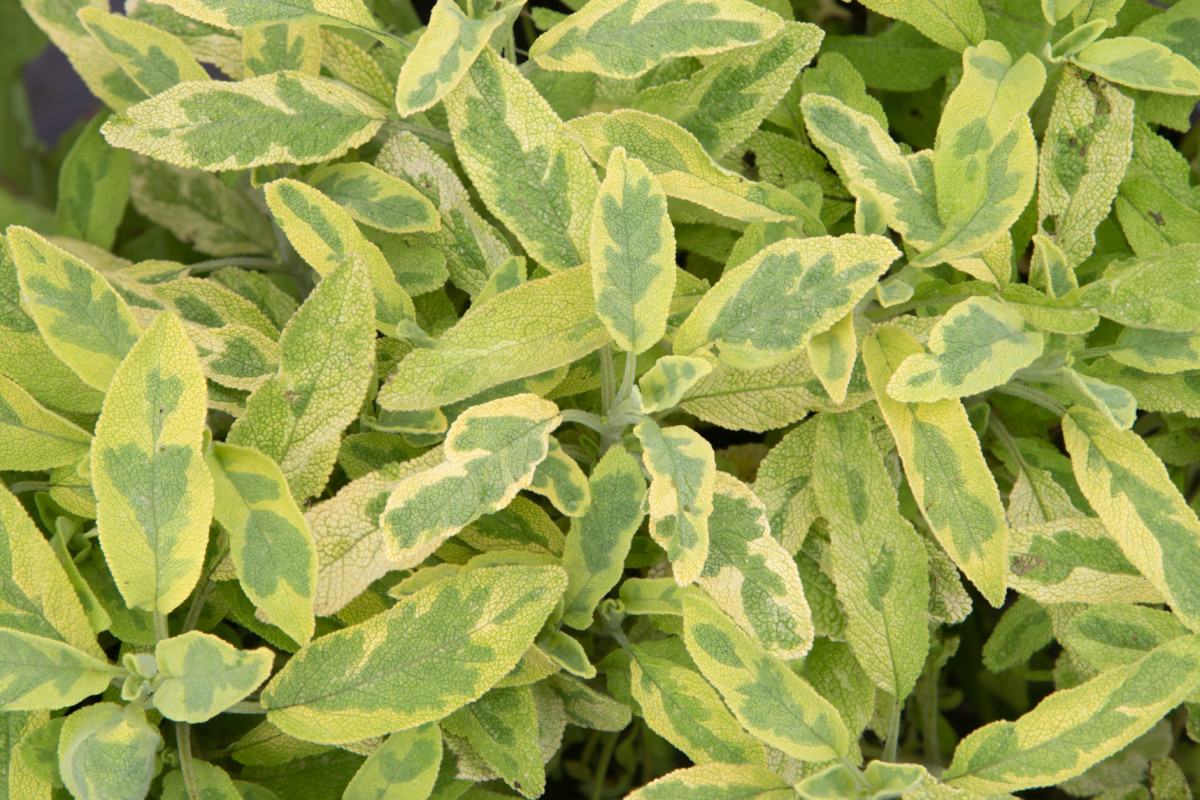
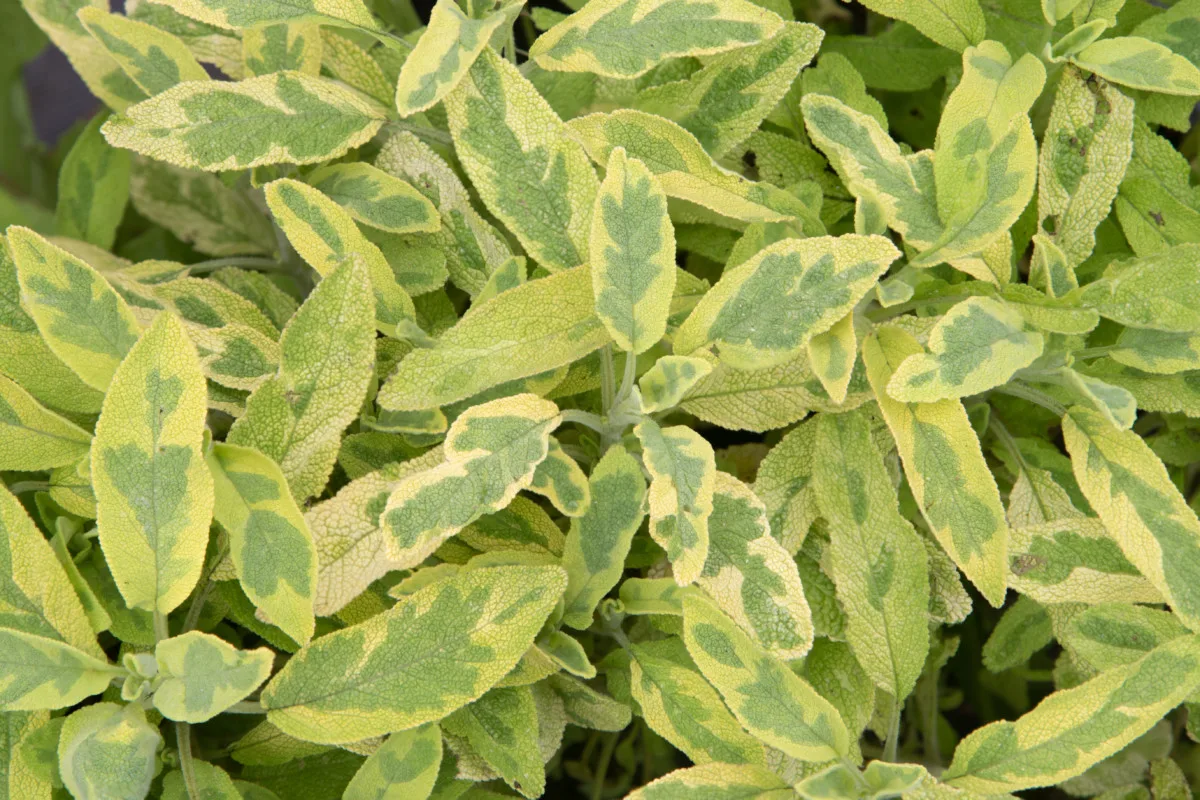
Rising Sage from Seed
Rising sage from seed is an train in religion and persistence. Sage seeds take a ridiculously very long time to germinate – between a month to a month and a half. Add to that their low germination price, and chances are you’ll be prepared to surrender earlier than you begin. Nevertheless, I’ve just a few suggestions so that you can guarantee you find yourself with sage seedlings.
Many seeds have to bear chilly stratification earlier than they germinate. Mainly, they should sit tight by way of the winter. After this era of chilly, the seeds usually tend to germinate. Sage advantages from chilly stratification, and it’s straightforward sufficient to do in your house.
A number of weeks earlier than you plant your seeds, place them within the fridge. Go away them within the seed packet, and put the seed packet in an hermetic jar, so it doesn’t get damp. When able to plant your sage, let the seed packet come as much as room temperature first. This quick “winter” will provide you with higher germination outcomes.
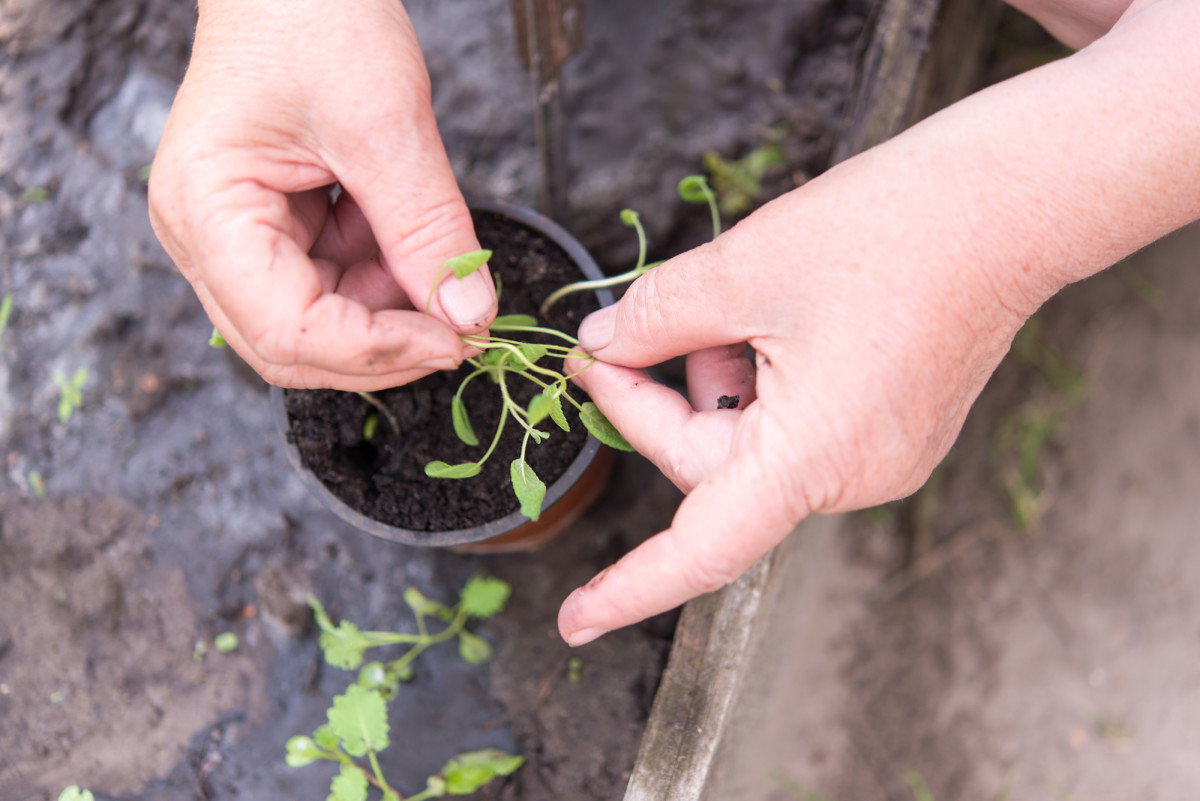
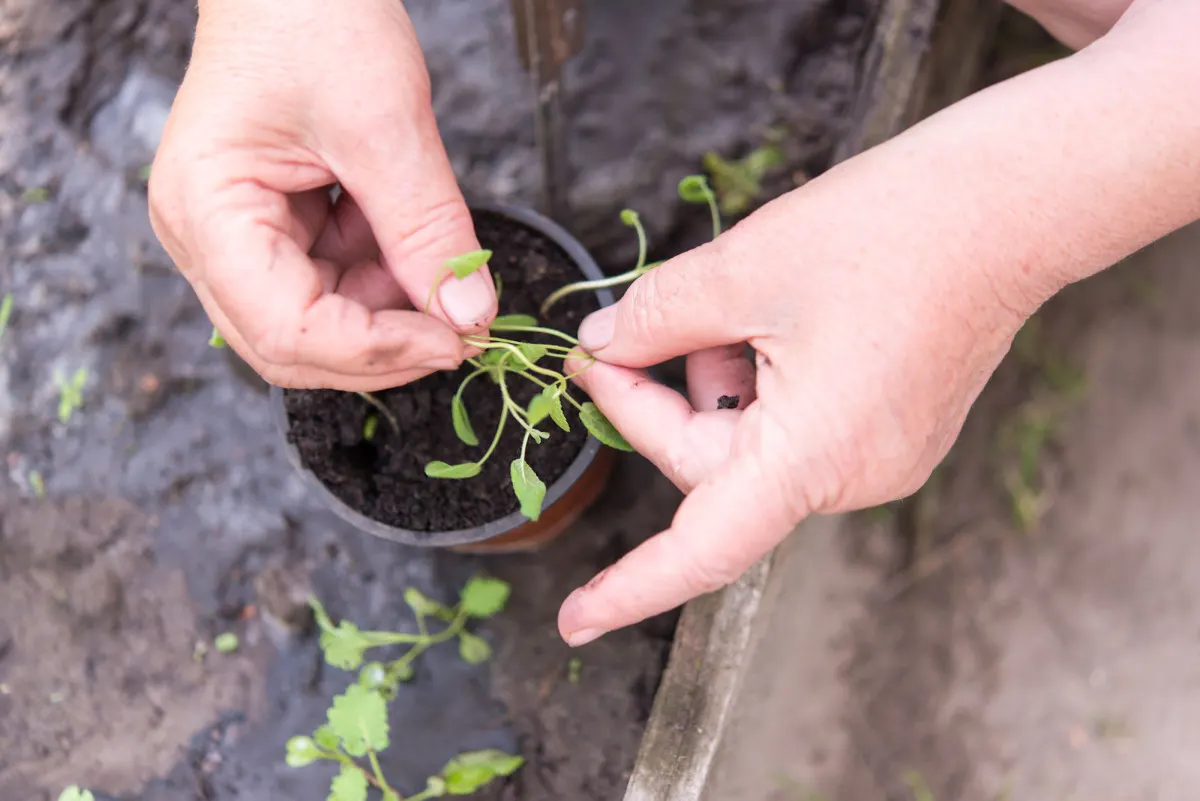
Use a great soilless seed-starting combine to plant your sage seeds, comparable to this easy-to-make combine. Dampen the combo earlier than you plant the seeds. It ought to be moist, not soaking moist. Press the sage seeds into the floor of the seed-starting combine. All the time plant just a few greater than what you want. Sprinkle a light-weight dusting of soil excessive of the seeds after which mist them properly with water.
Sage requires mild to germinate, so place your newly planted seeds in a shiny southern-facing window or underneath a develop mild. To verify the seed-starting combine stays moist, chances are you’ll wish to cowl the container with a little bit of cellophane or a transparent plastic bag. Bear in mind, you need moist, not soaking moist.
And now we wait.
It’s all the time finest to attend longer than the prescribed 4-6 weeks earlier than giving up on germination. Proper while you’re certain nothing will develop is when you’ll normally see tiny sprouts poking up out of the grime.
As soon as your sage has germinated, take away the plastic masking and verify them ceaselessly to make sure they keep moist. It solely takes one missed watering for them to die. You may also start to fertilize the brand new seedlings with a liquid, all-purpose fertilizer at quarter energy.
Bear in mind seedlings want a number of shiny mild, way more than you’ll anticipate, to forestall them from getting leggy. Nevertheless, if you find yourself with leggy seedlings, it’s not the top of the world and could be corrected.
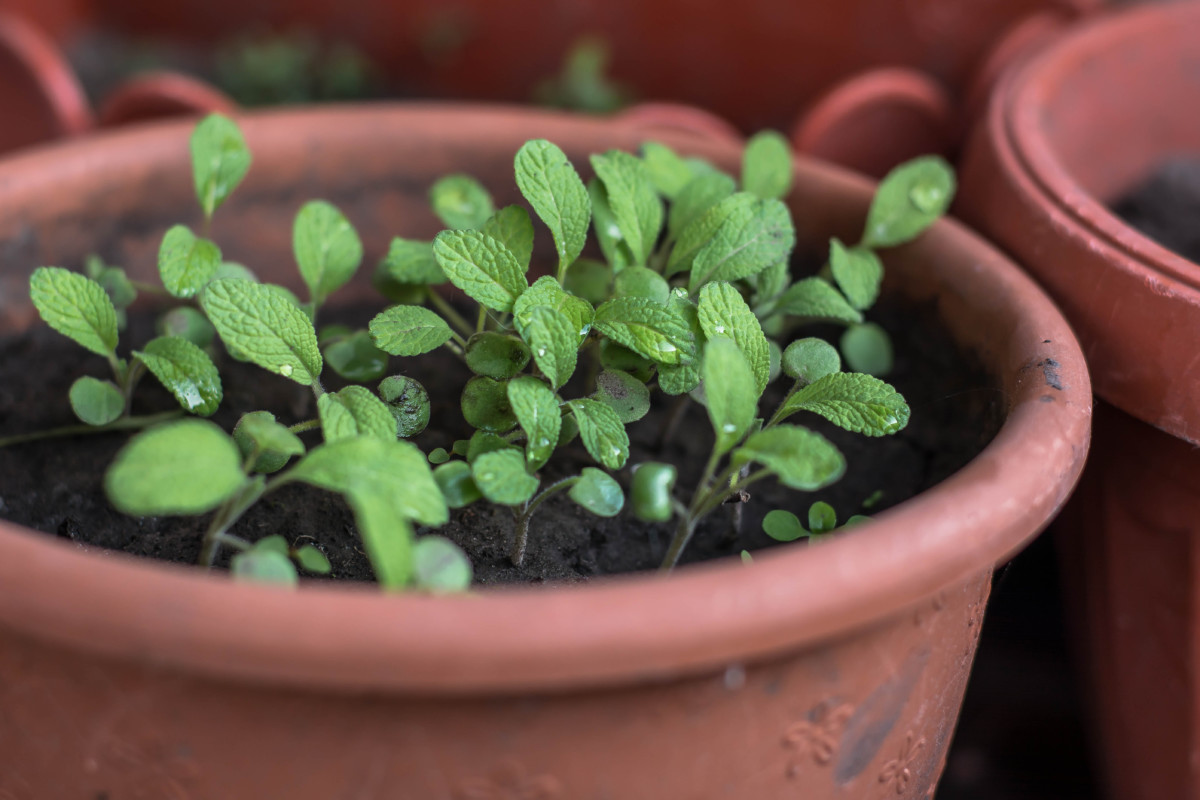
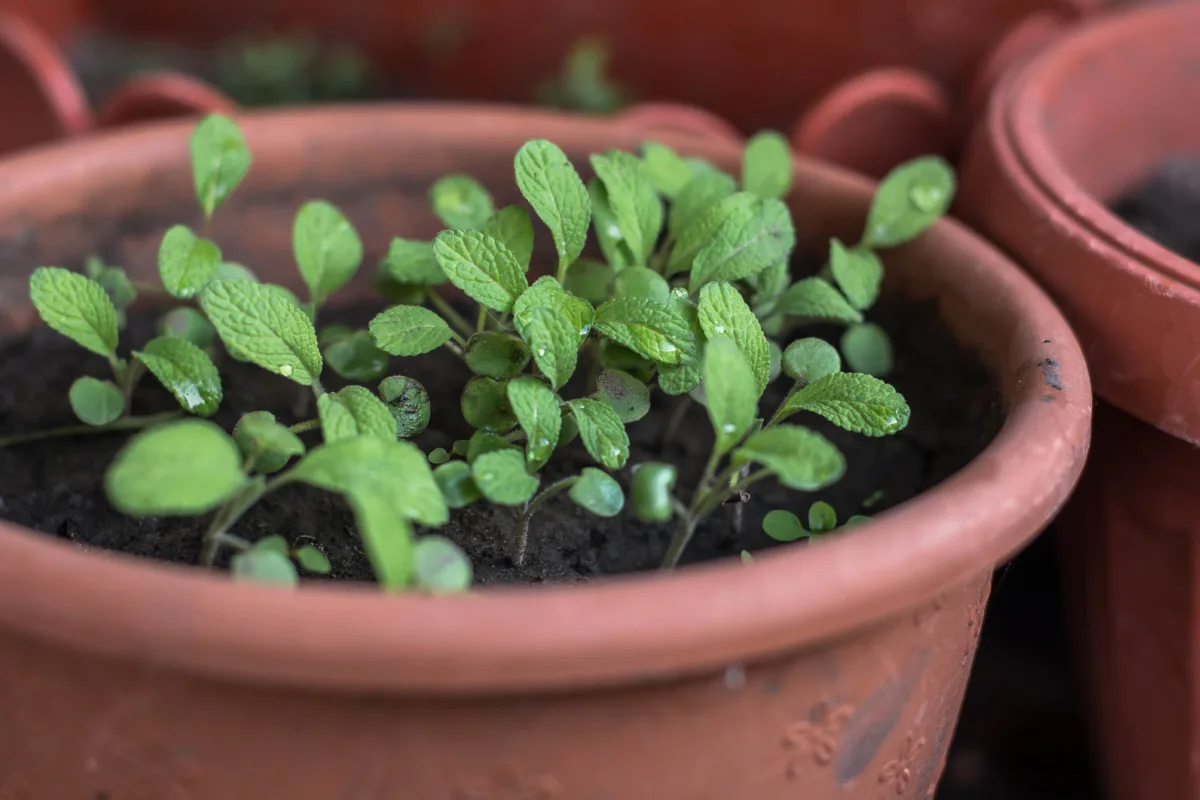
As soon as all hazard of frost has handed, you may transplant your seedlings outdoors after hardening them off. Set your new sage infants up for fulfillment by following our transplant pointers.
Propagating Sage with Cuttings
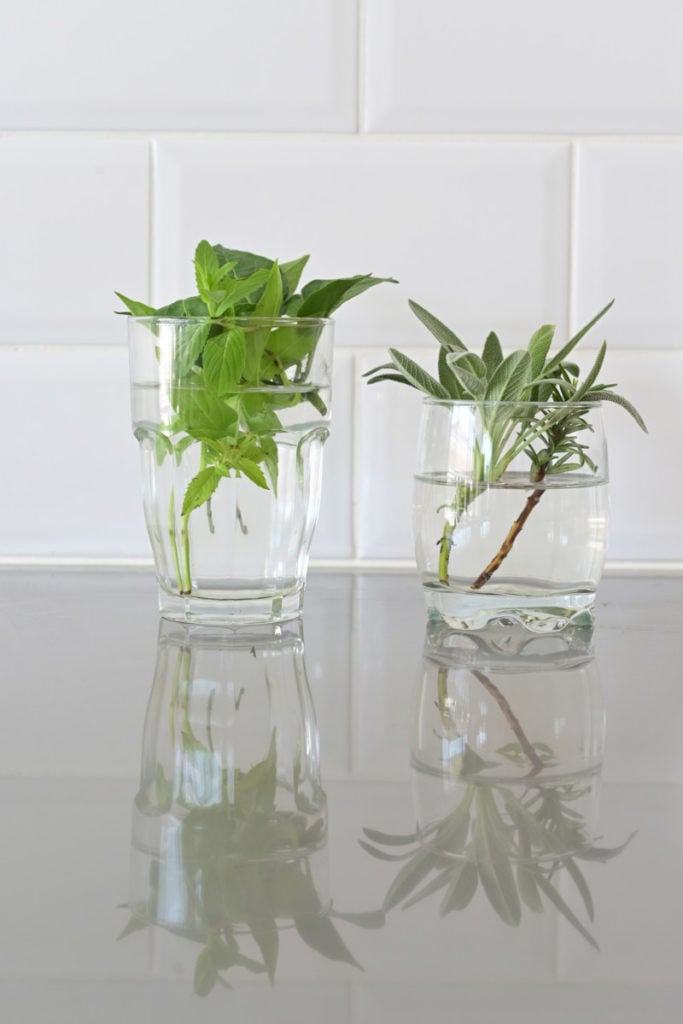
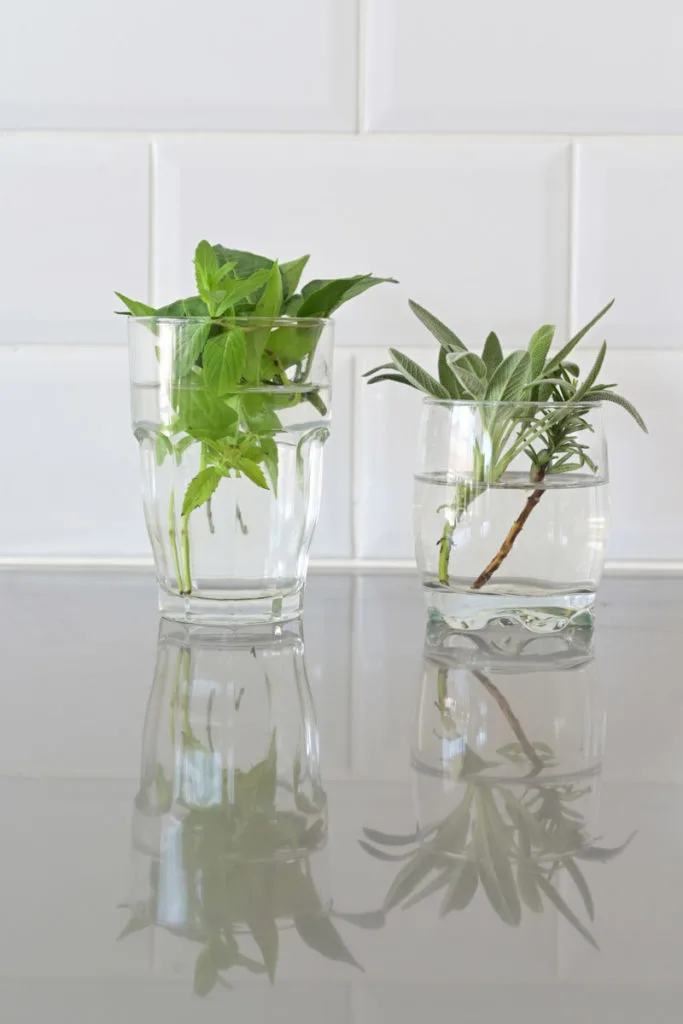
If beginning sage from seed feels a bit overwhelming, you may simply propagate sage in both water or soil with a reducing.
Snip a 4”-6” lengthy reducing from a wholesome, well-established sage plant. Take away all of the leaves that will probably be beneath the water or soil and put the reducing in a jar of water or no less than 2” deep into a humid seed-starting combine. You might or could not wish to dip the reducing in a rooting hormone first to assist stimulate new root progress.
It is going to take a number of weeks to see roots develop, however finally, they are going to begin rising. For cuttings began in soil, you may normally inform that the plant has taken root when it begins to place out new progress. I’ve an entire information on propagating herb cuttings that’s useful if that is your most popular technique for beginning sage.
Rising Sage Outdoor
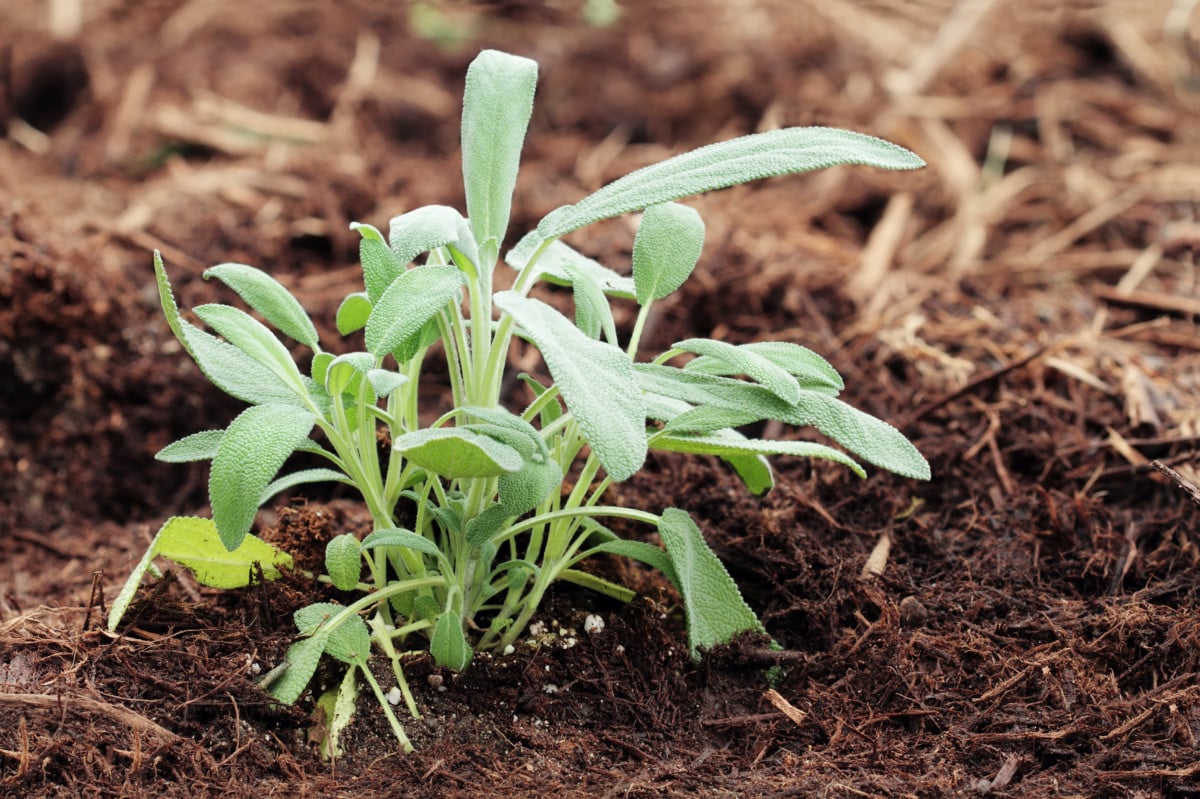
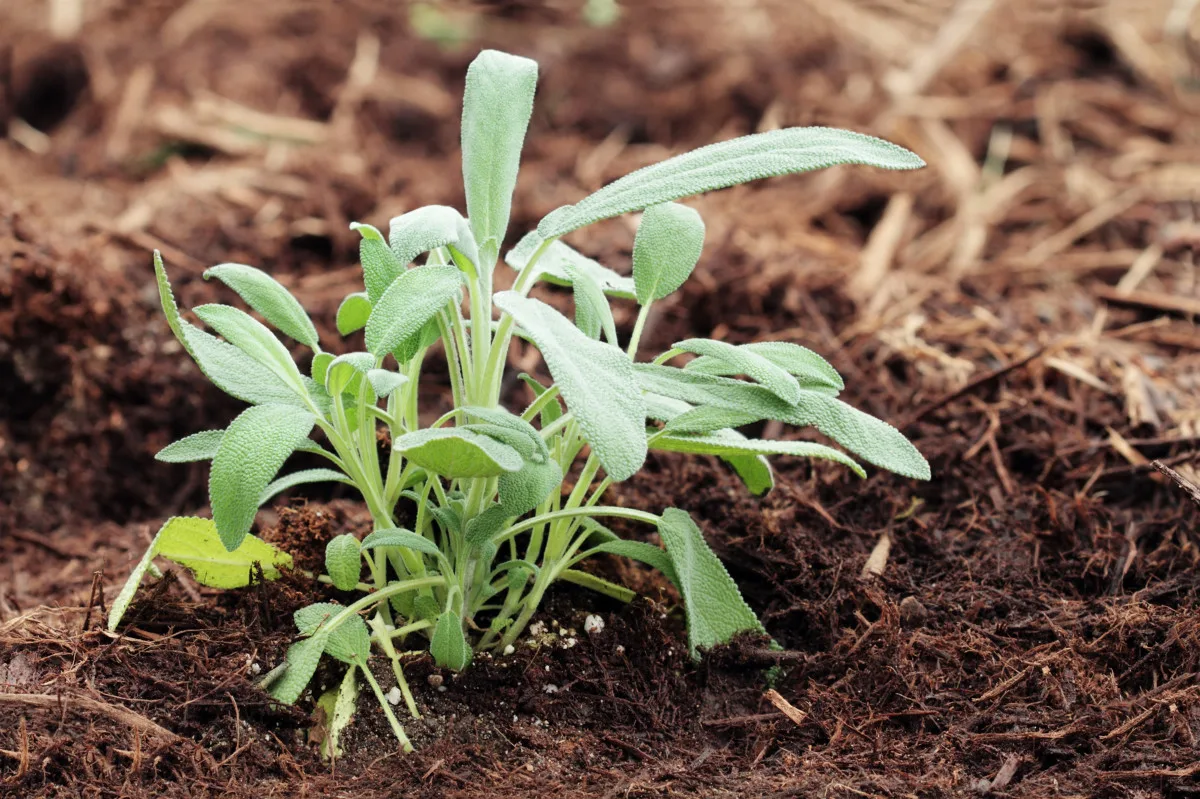
Sage deserves a spot in each culinary herb backyard and even tucked in among the many vegetable patch. It additionally does completely properly in containers, so don’t neglect to place one out in your patio. Subsequent, we’ll cowl every part your sage must flourish as soon as planted.
Soil
Give sage a well-draining, loamy soil, and you should have a cheerful plant. In case your soil has a number of clay, you will want so as to add sand and coconut coir to enhance the drainage or contemplate rising sage in a container as a substitute.
Solar
Like most issues hailing from the Mediterranean, sage is a solar worshipper. This robust little plant likes it heat and dry. Plant sage the place it would obtain full solar. In the event you dwell in an exceptionally sizzling and dry local weather, USDA Hardiness Zones 9 and above, you may plant sage the place it would obtain a little bit little bit of shade.
In the event you dwell the place summers get muggy and sizzling, it’s much more essential to plant your sage the place it would obtain full solar, to forestall moisture points that may injury the leaves.
Water
Sage is a woody-stemmed herb, and like all woody-stemmed herbs, it doesn’t like having moist toes. For brand spanking new transplants and seedlings, you’ll wish to water them each couple of weeks till they develop a sturdy root community. (Mycorrhizae may also help, we’ll get to that later.)
All the time let your sage plant dry out between waterings. Past that, it’s finest to water sage deeply and sparingly. One of many best and quickest methods to kill a sage plant is to overwater it. In the event you’re going to develop sage in a container, it should have drainage holes, and it is best to all the time pour out any collected water within the saucer underneath the pot.
Vitamins
A great fertilizing routine is paramount to a wholesome plant, it doesn’t matter what you develop. When transplanting your seedlings to the backyard or into their everlasting container, add some compost or earthworm castings to get your plant off to an important begin. Now would even be a great time so as to add some blood meal to the soil for an added nitrogen enhance.
I all the time suggest inoculating new transplants with a high quality mycorrhiza as properly. These useful fungi adhere to the plant’s roots permitting for higher water and nutrient absorption. Try all the unbelievable advantages of utilizing mycorrhizae within the backyard. (Since I’ve began utilizing it, you received’t discover me rising with out them, be it houseplants or within the backyard!)
Sage is a leafy plant, so select a great natural liquid fertilizer with excessive nitrogen content material. Fertilize each couple of weeks, or no less than as soon as a month. You probably have a flowering selection and develop it extra for the blooms, you’ll wish to choose a fertilizer with greater potassium content material.
In the event you’re rising sage in a container, it would must be fertilized extra typically because the vitamins will wash out of the underside a little bit at a time each time you water it.
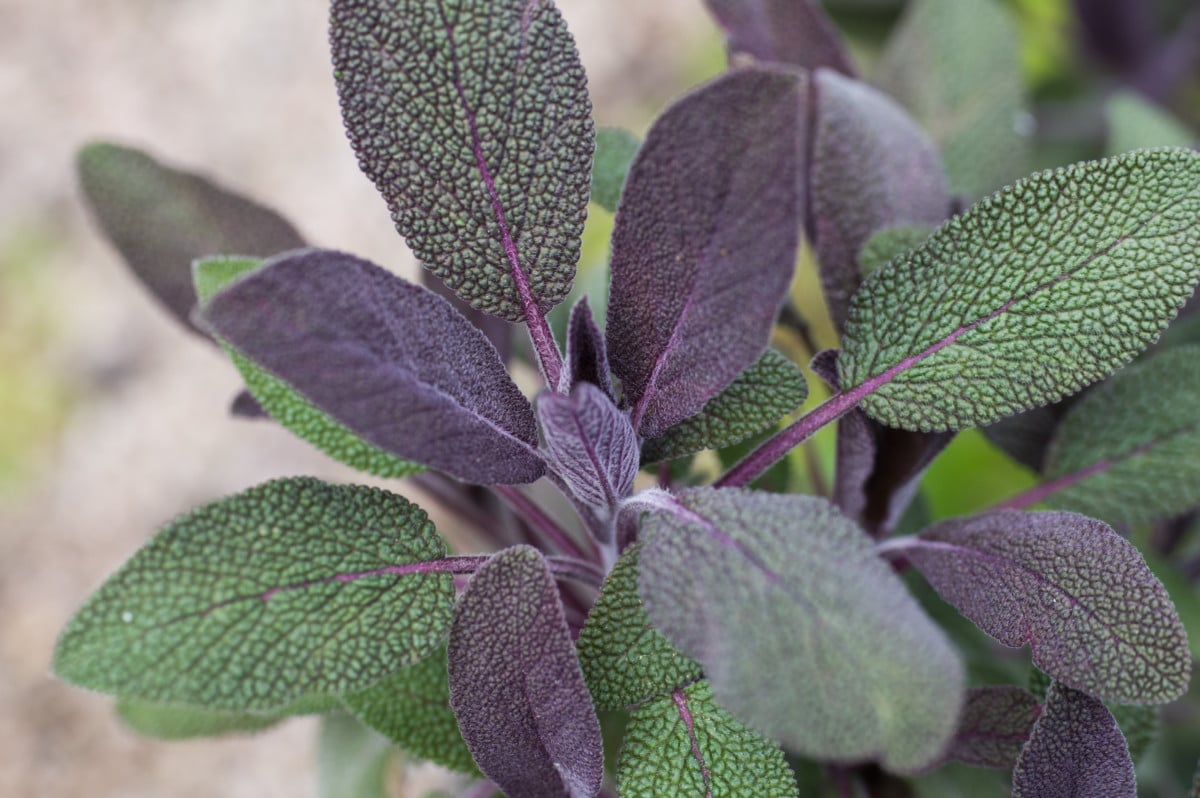
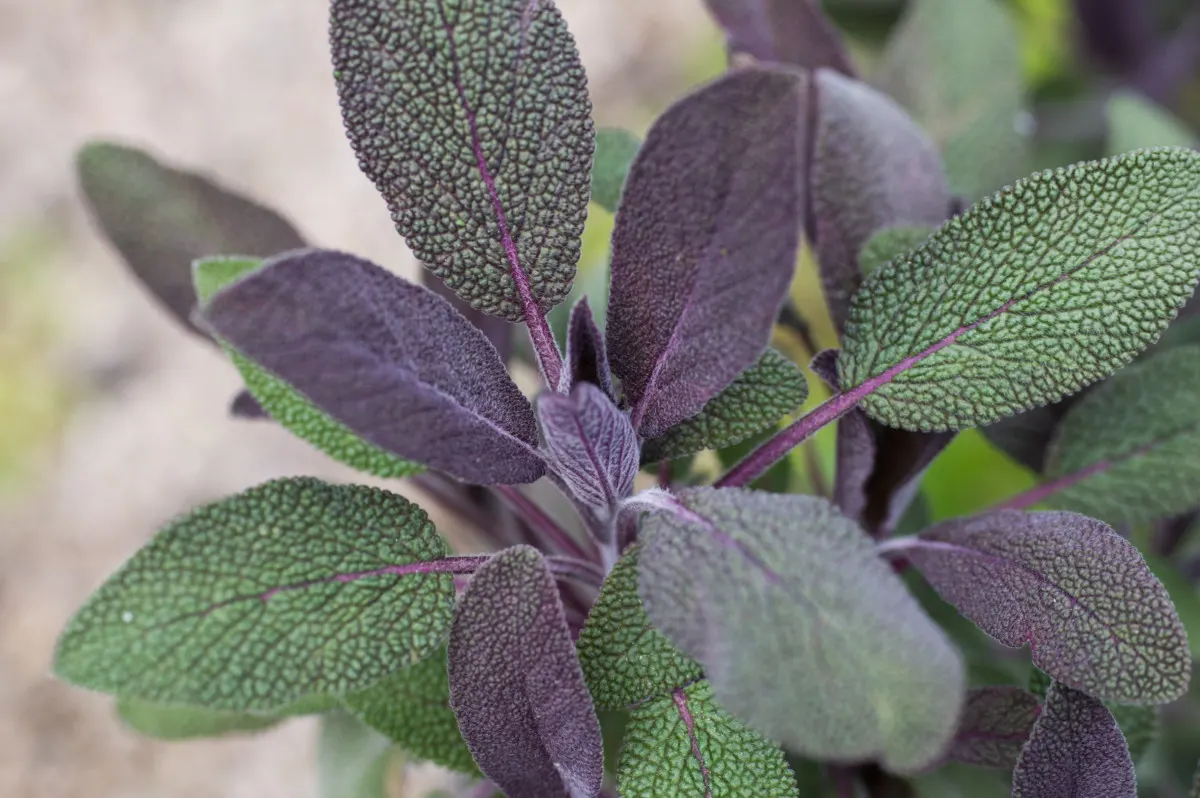
Companion Planting
Sage loves its fellow Mediterranean herbs, rosemary and lavender. It does properly with carrots too. You’ll be able to plant sage amongst brassicas like cabbage, Brussels sprouts, broccoli and cauliflower to discourage cabbage moths and flea beetles. Nevertheless it’s finest to keep away from planting sage close to your alliums – onions, shallots, leeks and garlic.
Widespread Sage Pests & Ailments
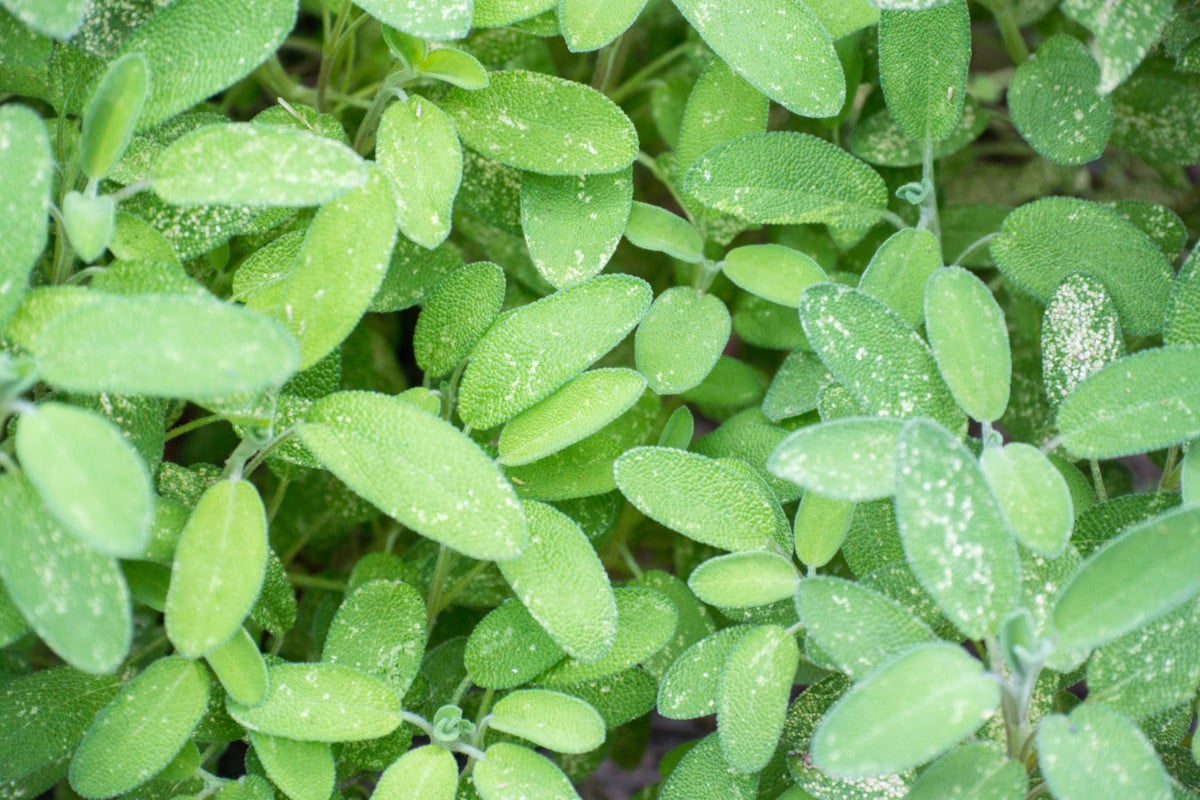
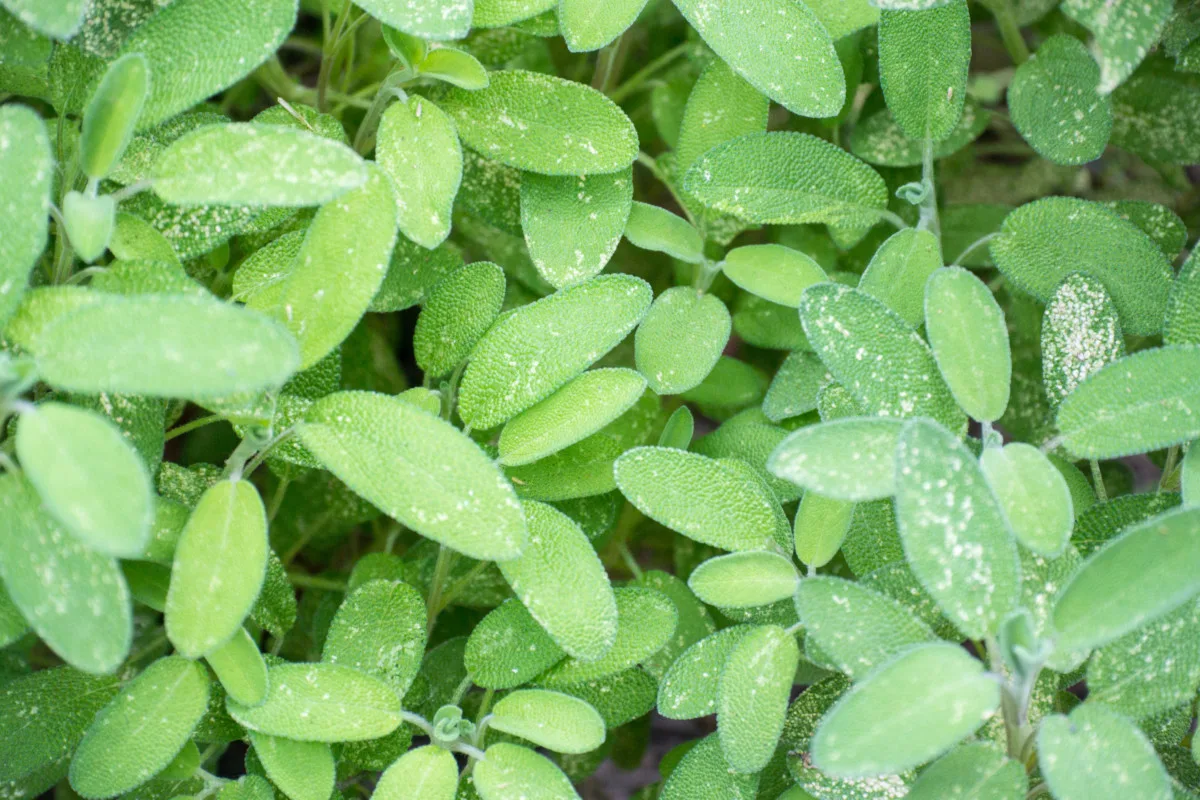
After all your laborious work, there’s nothing worse than discovering a plant underneath stress from a pest infestation or illness. On the whole, a wholesome plant is extra immune to assaults from pests and ailments. Sage is a comparatively hardy plant, however in case you do run into issues, it’s normally with one among these pests or ailments.
Mealybugs
These fluffy white bugs love their woody-stemmed vegetation, making sage a favourite goal. You’ll be able to establish them by the bright-white fluffy eggs on the undersides of the leaves. The best method to cope with them is to spray them off with a backyard hose, or in case your plant is indoors, wipe the undersides off the leaves with a humid fabric.
You may also use natural insecticidal cleaning soap, however this may get messy with the smooth fuzz on sage leaves. As soon as the infestation has been handled, spray or wipe the residue off of the leaves.
Slugs
These guys are fairly straightforward to establish. They certain could make a multitude of your sage, although, chewing holes within the leaves and leaving slimy trails in all places. You’ll be able to choose them off, however in order for you a greater manner to verify they don’t come again, I extremely recommend studying Lindsay’s piece on coping with slugs.
Aphids
Much less widespread than mealybugs, aphids will typically assault sage. You’ll be able to cope with them in the identical method as you desire to mealybugs. Aphids generally is a actual ache and unfold to different vegetation simply.
Root Rot
Sage is of course drought-resistant, and it doesn’t like moist roots. It’s no marvel that the most typical illness to afflict sage is root rot. Overwatering invitations this fungal illness to assault the roots. If it’s not identified and handled shortly, it almost all the time results in the lack of the plant. I’ve detailed learn how to deal with root rot right here for you.
Mint Rust
As sage is within the mint household (isn’t all people?), it might probably contract mint rust. Orangey-brown spots will seem on the undersides of the plant, inflicting the leaves to fall off. As leaves are the a part of sage we would like, this fungal an infection could be devastating. It spreads amongst vegetation within the mint household, so in case you see it on one plant, you should definitely quarantine it and verify your different mints.
The best method to management mint rust is to take away the contaminated components of the plant. You may also kill the fungus that causes it by unearthing the plant and dipping the uncovered roots into 110-degree F water for fifteen minutes. Let the roots cool and dry off earlier than planting the sage again within the floor. If the an infection is simply too far gone, it’s finest to destroy the plant to forestall it from spreading.
Pruning Sage for Doubled Development
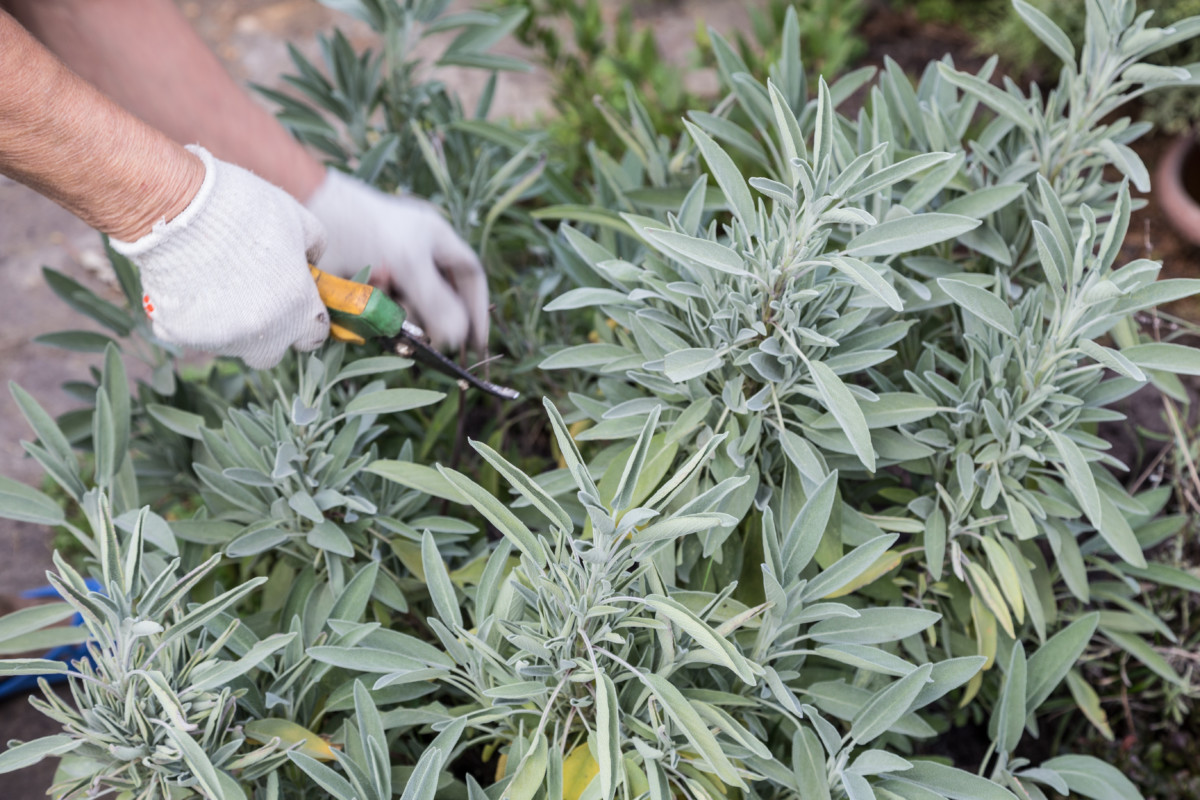
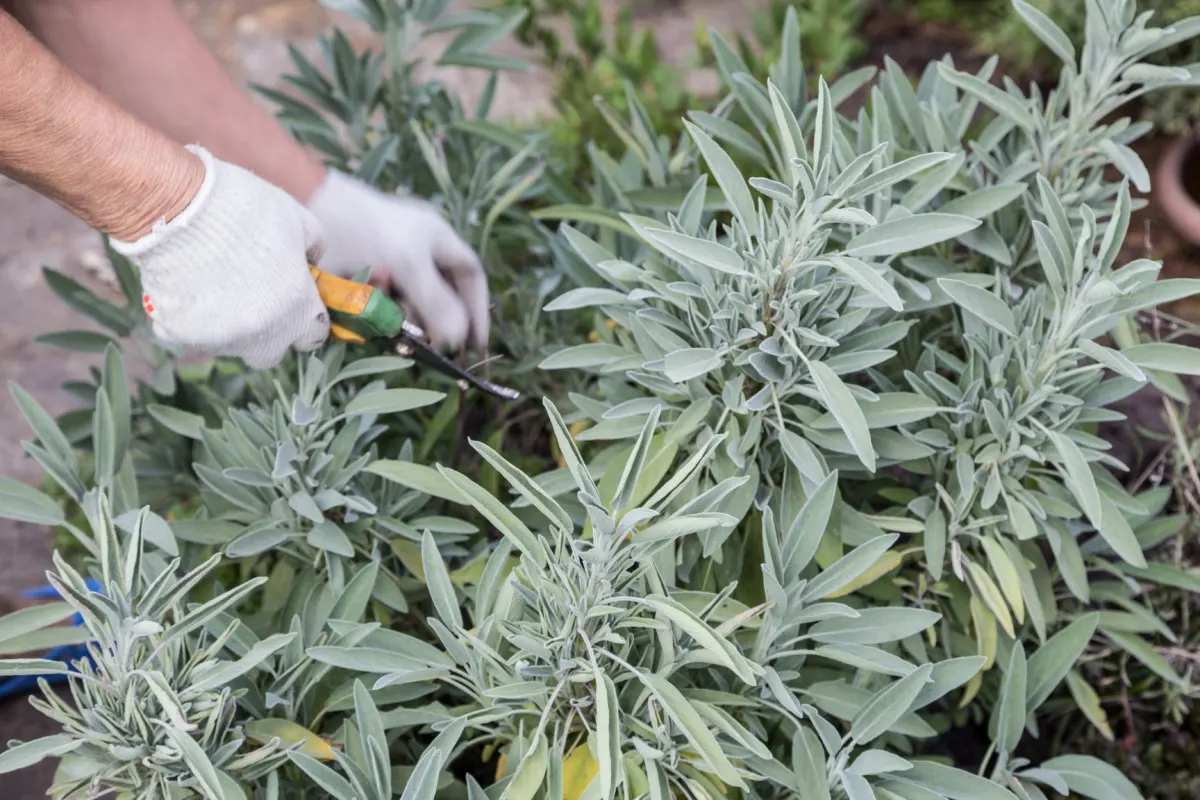
I’m going to inform you a little bit secret. You’ll be able to prune sage so it places out new progress, doubling it in dimension and making it bushier.
And also you do it by pruning it in the identical method you’ll prune basil. In the event you don’t already know learn how to prune basil, Meredith has this tremendous straightforward information with step-by-step images. As a result of each basil and sage’s progress patterns are an identical, they reply to this pruning technique in the identical manner – by getting enormous.
Rising Sage Indoors
When rising sage indoors, you’ll have to just be sure you’re fertilizing extra ceaselessly because the soil will grow to be depleted of vitamins faster than it might outdoors.
Sage loves shiny, full solar, so you should definitely develop your sage the place it would get no less than 6-8 hours of solar or complement it with an LED full-spectrum develop mild.
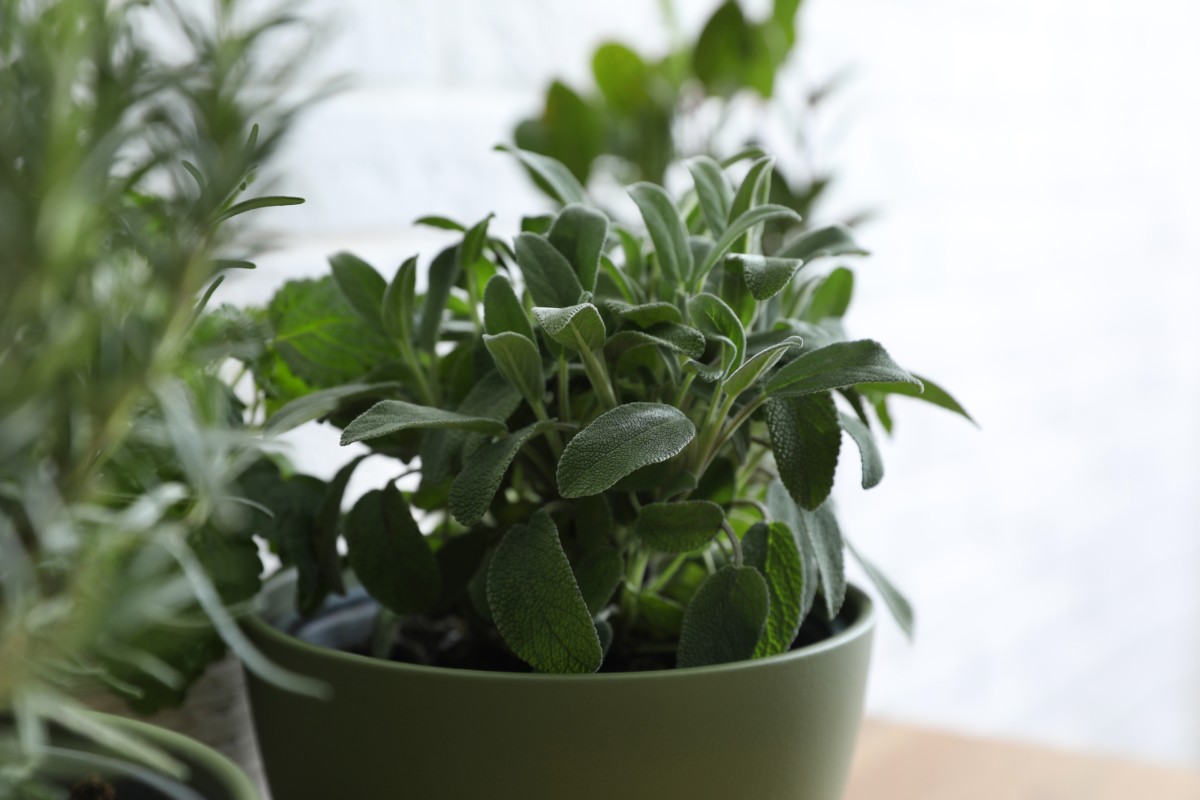
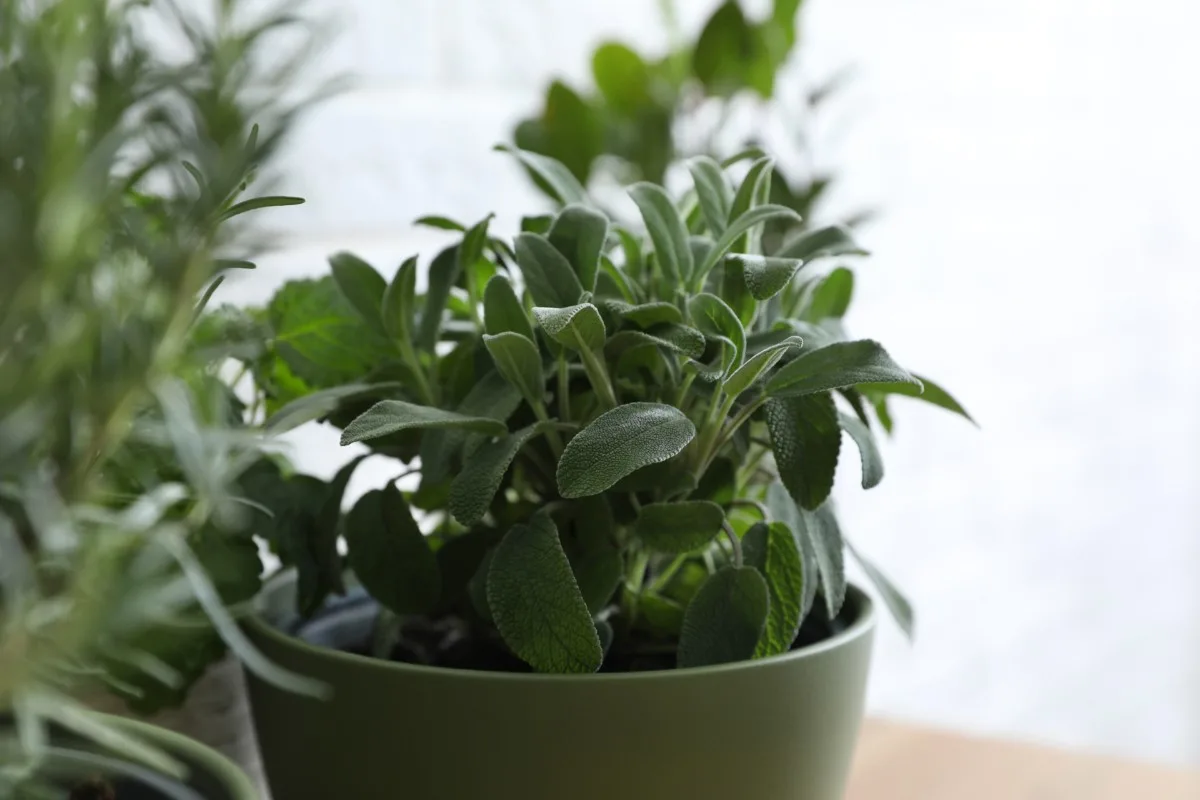
The good factor about rising sage indoors fairly than out within the backyard is that you’ve got extra management over its atmosphere to imitate these Mediterranean temperatures and circumstances.
Now that you just’re armed with every part it’s good to know to develop giant, bushy sage vegetation, prepare for essentially the most superb Thanksgiving stuffing this 12 months and essentially the most aromatic home made smudge sticks. However why cease there when sage is such a flexible herb, with so many alternative methods to make use of it.

Get the well-known Rural Sprout publication delivered to your inbox.
Together with Sunday ramblings from our editor, Tracey, in addition to “What’s Up Wednesday” our roundup of what’s in season and new article updates and alerts.
